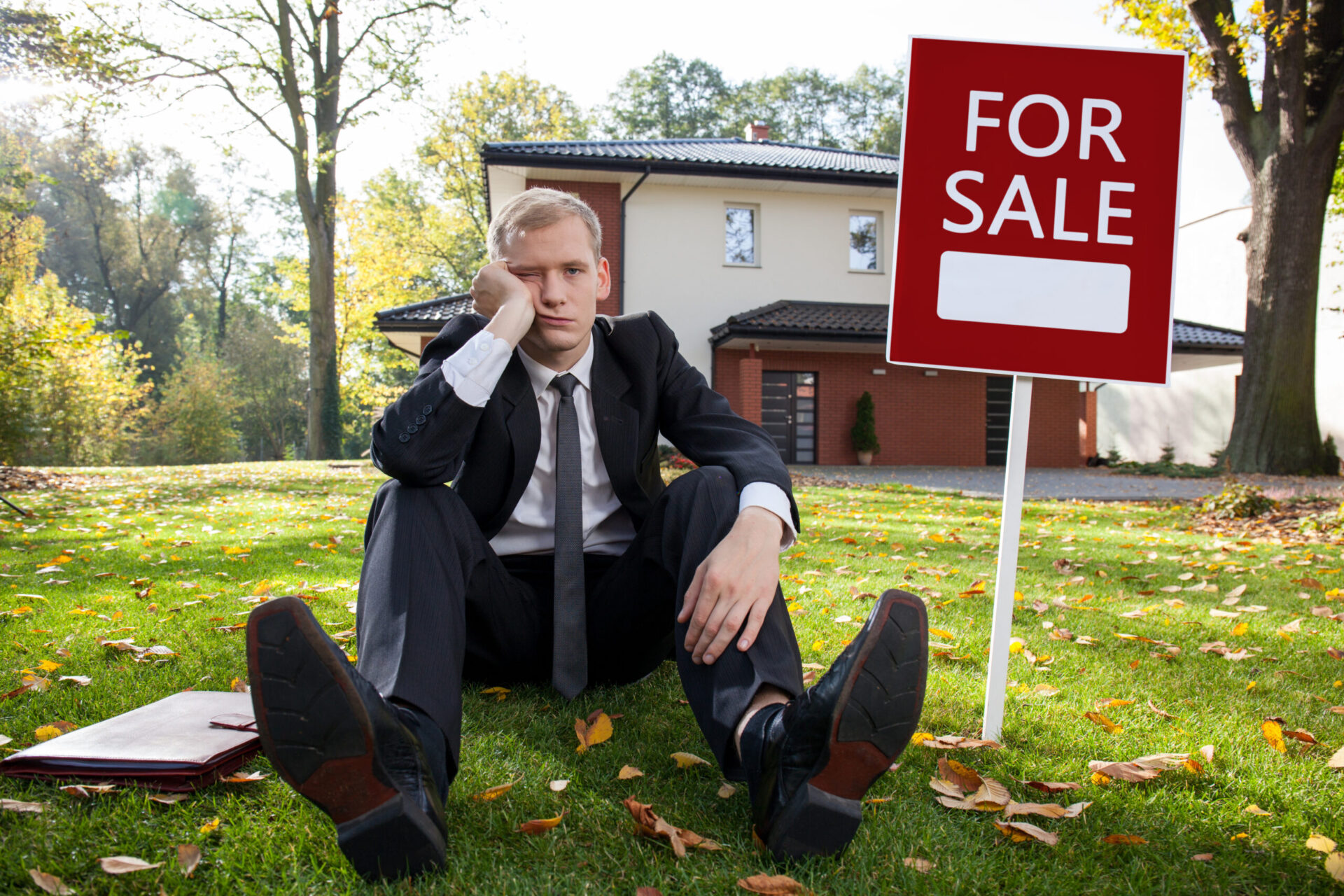April’s existing-home sales slipped for the third consecutive month, falling 2.4% from March to a seasonally adjusted rate of 5.61 million, the National Association of Realtors (NAR) reported.
Sales were down 5.9% year-over-year, with each of the four major regions seeing declines.
The median price for existing homes of all types was $391,200, up 14.8% YOY.
This is the 122nd consecutive month of YOY price growth, the longest-running streak on record.
“Higher home prices and sharply higher mortgage rates have reduced buyer activity. It looks like more declines are imminent in the upcoming months, and we’ll likely return to the pre-pandemic home sales activity after the remarkable surge over the past two years,” said Lawrence Yun, NAR’s chief economist.
Housing inventory totaled 1,030,000 units, a 10.8% increase month-over-month but down 10.4% YOY.
Unsold inventory is up to a 2.2-month supply at the current sales pace from 1.9 months in March, but is down YOY from 2.3 months in April 2021.
“Housing supply has started to improve, albeit at an extremely sluggish pace,” said Yun.
“The market is quite unusual as sales are coming down, but listed homes are still selling swiftly, and home prices are much higher than a year ago. Moreover, an increasing number of buyers with short tenure expectations could opt for 5-year adjustable-rate mortgages, thereby assuring fixed payments over five years because of the rate reset.”
Miami (+38.3%) saw the largest YOY median list price growth at 38.3%, followed by Las Vegas (+32.6%) and Orlando (+30.7%).
Existing-home sales in the Northeast region were up 1.5%, but down 10.7% YOY. The Midwest saw sales grow 3.1% from March though they were still down 1.5% from April 2021.
Sales in the West dropped 5.8% month-over-month and 8.1% YOY.
Sales fell 4.6% in the South, down 5.7% YOY, as prices were up 22.2% from the same time last year. It had the fastest home price appreciation of the four major regions for the eighth straight month. It is also the only region to have double-digit price gains YOY.
Seller conditions are impacting the availability of existing homes. Many Americans refinanced while rates were low and don’t want to buy again at current levels. As a result, the amount of time a typical homeowners stay in their home is up 2% from last year.
“While a decline in [home purchase] demand may reduce the pace of sales and lead to an increase in inventory, existing homeowners are less inclined to sell their homes as mortgage rates rise,” said First American Financial chief economist Mark Fleming.
“Historically, nearly 90% of total inventory is existing-home inventory, and existing homeowners are staying put. Increasing the supply of homes for sale is key to slowing house price growth and restoring balance to the housing market.”
